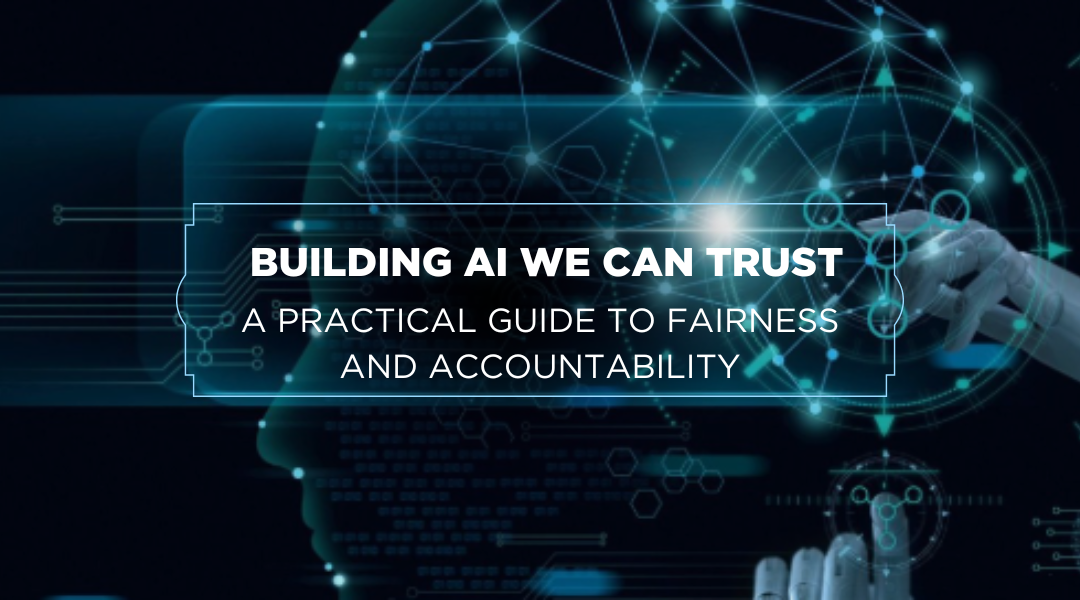In the rush to deploy artificial intelligence, it’s easy to treat bias as a technical bug—something to be patched later. But the truth is far more significant. Bias in AI isn’t a glitch; it’s a reflection of our own world, encoded in data and amplified by algorithms. For organizations using systems like DeepSeek, addressing this isn’t a box-ticking exercise. It’s a continuous commitment to building technology that is fair, transparent, and accountable. Here’s what that looks like in practice.
Start with the Source: Interrogating Your Data
The old computing adage “garbage in, garbage out” is especially true for AI. If your training data contains historical biases, your model will not only learn them—it will scale them.
- The Data Autopsy: Before a single algorithm is run, conduct a thorough pre-mortem on your dataset. Don’t just look for missing values; look for representation. Does your dataset of “successful employees” used for hiring software overwhelmingly feature one gender or ethnicity from a specific period? That’s not data; that’s historical prejudice masquerading as pattern.
- Beyond Balancing: Simply oversampling underrepresented groups can create a brittle, artificial balance. The goal isn’t just equal numbers; it’s equitable representation. This might mean proactively collecting new, more representative data or using sophisticated techniques like synthetic data generation to carefully fill in gaps without introducing new artifacts.
Bake in Fairness from the Start: Continuous Testing
Checking for bias cannot be a one-time audit done before launch. It must be a continuous process integrated into the entire development lifecycle.
- Stress-Test for Fairness: Just as you test software for security vulnerabilities, you must stress-test your model for bias. This means defining what “fairness” means for your specific application. Is it demographic parity (equal approval rates across groups)? Is it equality of opportunity (equal true positive rates)? Different contexts demand different definitions.
- The Slicing Test: Don’t just look at overall accuracy. Slice your model’s performance by ethnicity, gender, age, and other relevant demographics. A loan approval model might have 95% overall accuracy but reject qualified applicants from a particular zip code at twice the rate of others. This “slicing” uncovers these hidden failures.
Demystify the Black Box: The Non-Negotiable Need for Explainability
If you cannot explain how your AI arrived at a decision, you cannot defend it. Explainability is the foundation of trust and accountability.
- From Answer to Reasoning: It’s not enough for an AI to deny a mortgage application. It must be able to provide a clear, actionable reason: “The application was denied due to a debt-to-income ratio exceeding 55%, based on the last three months of bank statements.” This allows for human review, appeals, and continuous improvement.
- Tools for Transparency: Techniques like SHAP and LIME are crucial. They act like an “AI lie detector,” showing which factors most heavily influenced a specific decision. This isn’t just for regulators; it’s for your own engineers to debug the model and ensure it’s working as intended.
Keep a Human in the Loop: Judgment as a Final Safeguard
The most robust AI systems are those that know their limits. They are designed for augmentation, not automation.
- The Human Oversight Protocol: Define clear rules for when a human must review an AI’s decision. This should be mandatory for high-stakes scenarios: medical diagnoses, loan denials, parole decisions, and content removals. The AI’s role is to triage, analyze, and recommend—not to render final judgment.
- The Feedback Flywheel: Every human override is a precious learning opportunity. When a doctor rejects an AI’s diagnosis, that feedback must be captured, analyzed, and used to retrain the model. This creates a virtuous cycle where the AI continuously learns from human expertise.
Embrace Radical Transparency: Building in the Open
Trust is earned through transparency, not claimed through marketing.
- The Model Fact Sheet: For every production AI, maintain a public-facing “fact sheet” that details its intended use, the data it was trained on, its known limitations, and its performance across different demographic slices. This honesty manages expectations and builds credibility.
- Open to Scrutiny: While full source code might be proprietary, the principles and methodologies behind your fairness efforts should be open to third-party audit and review. This shows a commitment to accountability that goes beyond mere compliance.
Conclusion: Fairness as a Feature, Not an Afterthought
Building fair AI is not a destination; it’s a direction of travel. It requires a fundamental shift in mindset—from seeing bias mitigation as a cost center to recognizing that fairness is a core feature that drives long-term adoption and success.
An AI that is perceived as biased will be rejected by its users and regulated by governments. An AI that is demonstrably fair, explainable, and accountable becomes a platform for trust—the kind of trust that allows us to deploy these powerful technologies to solve our most important problems.
The goal is to build systems that don’t just perform well on average, but that perform justly for everyone. This isn’t just ethical; it’s the only sustainable path forward for AI. By baking these practices into the core of development, we move from creating intelligent machines to building wise systems we can all rely on.
